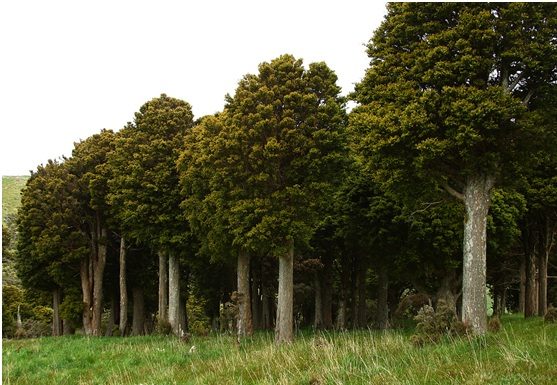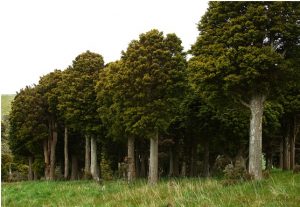
The papermaking process was a revolutionary Chinese invention since 105 AD and eventually it is spreading all over the world. It became a common practice today and highly technological equipments are now being used in the process of papermaking.
So, what’s paper making?
We all are probably aware that the process of papermaking commences with trees. Often forests are grown specifically for the purpose of papermaking, and seedlings are replenished after trees are harvested. This process of making involves making large trees into lumber and with the remaining wood that is cut into small chips will be used for papermaking. The cellulose fibres that make up wood are the fundamental raw material used to make paper.
On the other hand, excess wood from the lumber industry makes up only a portion of the fibre used in papermaking. Paper is often mixed with new wood to create a mixture of new and reused fibres for papermaking as existing paper is comprised of the cellulose fibres.
Procedure involved in making paper:
Before compacting the paper, mixture of wood chips that are recovered from paper would be broken down into individual fibres and then they are dried for paper. During the process of pulping, cellulose fibres are detached as the chemical called lignin holds them together and are removed in a digester. To pulp paper, any process can be followed and is dependent upon the type and strength of paper being produced.
Methods of pulping:
There are several methods of pulping. They are:
- Mechanical Pulping
- Chemical Pulping
Mechanical Pulping:
In this process, wood will be grounded to separate the fibres and has suitable printing properties but results in weaker paper.
Chemical Pulping:
In Chemical Pulping, lignin will be dissolved by using a mixture of pressure, heat, and chemicals that result in stronger paper.

Coming to the procedure, after the completion of this procedure, pulp is cleaned and refined, and even bleached if necessary, and dyes, other additives are mixed to give the paper the required properties during this phase.
Once the pulping procedure is completed, water is added and then the slushy substance is pumped onto a moving wire screen. On the other side, fibres become connected as the pulp is dried and pressed through rollers until all water has been removed. Large sheets of paper that are created through this procedure are turned into large rolls and cut into various sizes to create paper products.
Now, paper is made for a wide variety of applications. The papermaking process involves various techniques. To produce the desired properties to the end product, various chemical would be added.
Paper is carefully evaluated for uniformity of surface and colour as well as how it takes ink. The underlying process of drying layers of pulp on screens has increased even though equipment and specific techniques predictably vary throughout the industry.
This is how; a paper is made and is transferred from forest to your desk!
